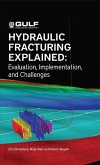

Ähnliche Artikel
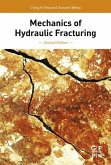
eBook, ePUB
25. September 2014
Elsevier Science & Techn.
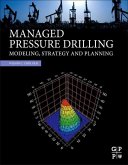
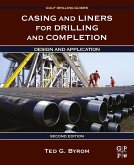
eBook, ePUB
4. Juni 2014
Elsevier Science & Techn.
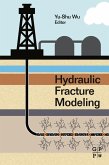
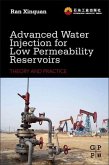
eBook, ePUB
29. März 2013
Elsevier Science & Techn.
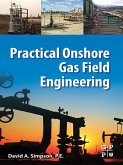
eBook, ePUB
10. Juli 2017
Elsevier Science & Techn.
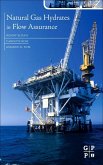
eBook, ePUB
12. Oktober 2010
Elsevier Science & Techn.
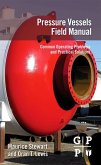
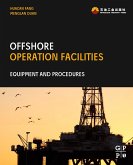

eBook, ePUB
13. September 2013
Elsevier Science & Techn.
Ähnlichkeitssuche: Fact®Finder von OMIKRON
